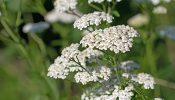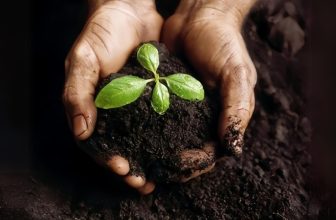The Medicinal Garden Kit: Growing Your Own Healing Herbs for Natural Wellness
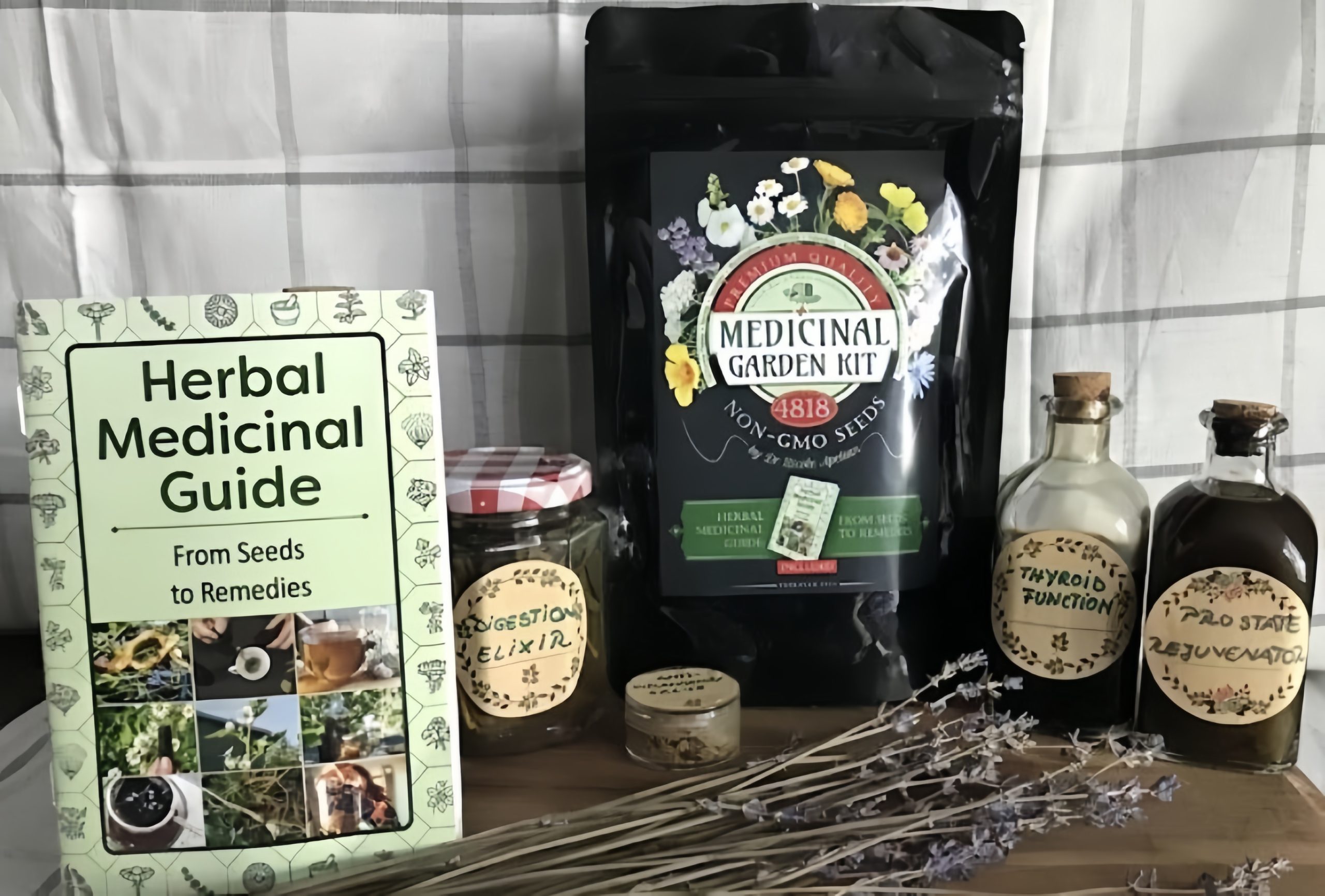
What is a Medicinal Garden Kit ?
The Medicinal Garden Kit is in today’s fast-paced world, where synthetic medications and processed remedies often come with a range of side effects, the Medicinal Garden Kit provides a nat
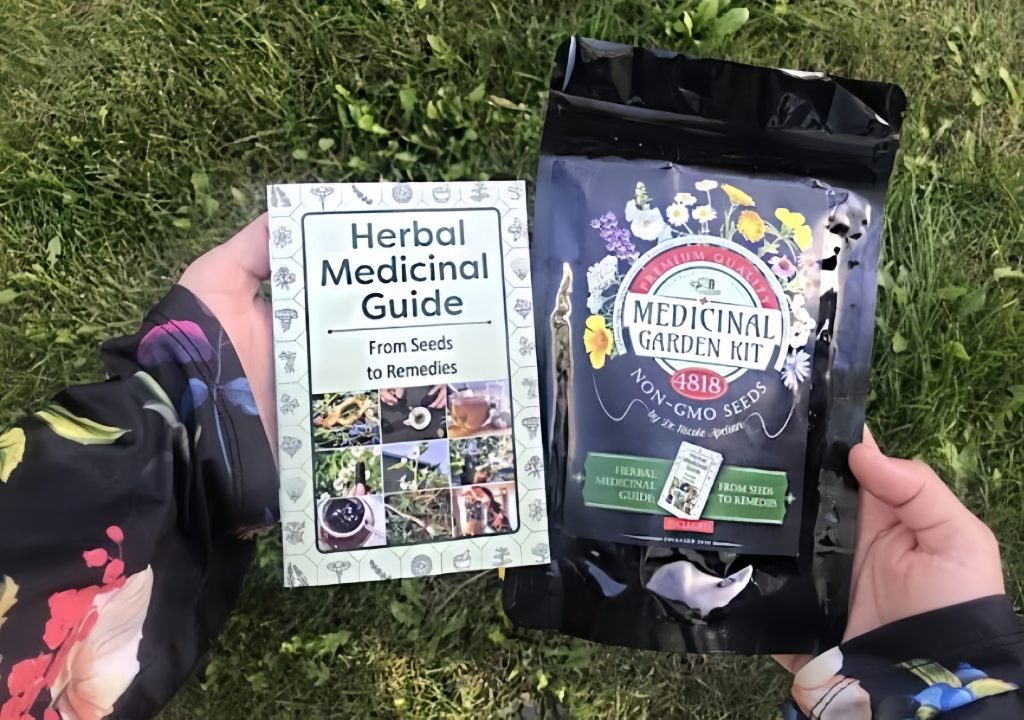
How Does the Medicinal Garden Kit Work? A Simplified Approach to Herbal Gardening
Comprehensive Guide for Beginners and Experts Alike
Upon purchasing the Medicinal Garden Kit, you will receive a comprehensive guidebook that covers every aspect of medicinal herb gardening. The book includes details about herb selection, planting techniques, harvesting practices, and methods of using the herbs for therapeutic purposes. Whether you’re interested in making teas, tinctures, salves, or essential oils, the guideboo
The kit comes with everything you need to get started, including a selection of seeds or seedlings, soil, pots, gardening tools, and essential accessories. It aims to make the gardening process as intuitive as possible, allowing even those with limite
Adaptable to Various Living Environments
One of the standout features of the Medicinal Garden Kit is its adaptability. Whether you have a spacious backyard or a compact balcony, the kit is designed to work with various living conditions. The herbs can be grown in pots, garden beds, or planters, making them suitable for both urban and suburban residents. This flexibility ensures that anyone, regardless of their living situation, can cultivate a medicinal herb garden and reap the rewards of natural healing.
What Does the Medicinal Garden Kit Include? A Look at Healing Herbs and Their Uses
The Medicinal Garden Kit includes a diverse selection of herbs, each chosen for its therapeutic properties. From calming chamomile to immune-boosting echinacea, the kit offers a variety of medicinal herbs that cater to different health needs. Here is an overview of some of the popular herbs included:
1. Lavender: The Anti-Inflammatory Herb for Relaxation
Lavender is well-known for its soothing aroma and anti-inflammatory properties. This versatile herb is used in aromatherapy to reduce stress and anxiety. It also has topical applications, often used to soothe skin irritations and promote wound healing.
- Therapeutic Uses: Lavender can be made into tinctures, essential oils, or teas. It is often used to relieve anxiety, promote restful sleep, and treat minor burns and insect bites.
- Cultivation Tips: Lavender thrives in well-drained soil and full sun. It requires minimal watering once established and is well-suited to dry, Mediterranean-like conditions.
2. Peppermint: Digestive Relief in Your Garden
Peppermint is known for its refreshing flavor and digestive benefits. It is a staple in herbal teas and is commonly used to treat indigestion, nausea, and headaches. Peppermint also has antispasmodic properties that make it useful for easing cramps and gastrointestinal discomfort.
- Therapeutic Uses: Fresh or dried peppermint leaves can be used to make herbal teas or infused oils. The menthol content provides a cooling sensation that helps alleviate headaches and muscle tension.
- Cultivation Tips: Peppermint grows best in moist, well-drained soil and partial shade. It can be quite invasive, so it is often best grown in containers to prevent it from overtaking other plants.
3. Calendula: The Skin Healer
Calendula, also known as pot marigold, is highly valued for its anti-inflammatory and skin-healing properties. It is often used in ointments, creams, and balms to treat minor wounds, rashes, and other skin issues.
- Therapeutic Uses: Calendula flowers can be infused in oils to create healing balms for wounds, burns, and skin irritations. The petals can also be used to make soothing teas that help alleviate digestive issues.
- Cultivation Tips: Calendula prefers well-drained soil and plenty of sunlight. The flowers should be harvested when they are fully open for the best medicinal value.
4. Echinacea: The Immunity Booster
Echinacea is famous for its immune-boosting capabilities. It is often used to prevent and treat colds, respiratory infections, and other immune-related issues. This herb is a powerful ally during cold and flu season.
- Therapeutic Uses: Echinacea can be made into tinctures or teas. It is most effective when taken at the onset of cold symptoms, helping to reduce the duration and severity of illness.
- Cultivation Tips: Echinacea grows well in full sun and can tolerate a wide range of soil conditions. It is a hardy plant that also attracts pollinators, such as bees and butterflies, to the garden.
5. Chamomile: The Natural Relaxant
Chamomile is well-known for its calming effects and is often used as a natural remedy for anxiety, insomnia, and digestive issues. The gentle nature of chamomile makes it a popular choice for both adults and children.
- Therapeutic Uses: Chamomile flowers can be dried and used to make herbal tea that promotes relaxation and improves sleep quality. Chamomile compresses are also effective for reducing inflammation and soothing irritated skin.
- Cultivation Tips: Chamomile thrives in well-drained soil and full sun to partial shade. It is easy to grow from seed and requires minimal maintenance.
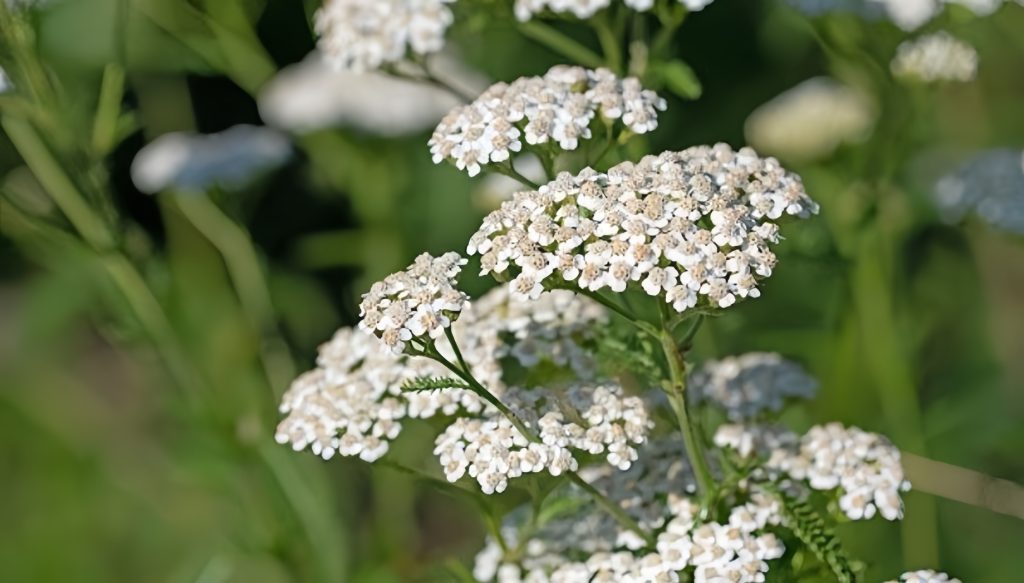
6. Yarrow: A Natural Wound Healer
Yarrow is a potent herb that has been used for centuries to stop bleeding and promote wound healing. It has both anti-inflammatory and antimicrobial properties, making it useful for treating cuts and scrapes.
- Therapeutic Uses: Yarrow can be used fresh or dried in poultices to stop bleeding and speed healing. It can also be brewed into tea to help alleviate cold and flu symptoms.
- Cultivation Tips: Yarrow prefers well-drained soil and full sun. It is a hardy perennial that can tolerate poor soil conditions and requires minimal care once established.
7. Lemon Balm: For Stress Relief and Cognitive Boost
Lemon Balm is a member of the mint family and is often used for its calming effects. It helps alleviate anxiety, promotes sleep, and is also thought to improve cognitive function. Lemon balm is a versatile herb that can be used in teas, tinctures, and culinary dishes.
- Therapeutic Uses: Lemon balm leaves can be used to make a calming tea or added to salads for a refreshing twist. It is also used in tinctures to reduce stress and promote emotional well-being.
- Cultivation Tips: Lemon balm grows well in well-drained soil and partial shade. It is a hardy plant that is easy to grow, even for beginners.
8. Marshmallow: A Natural Digestive Aid
Marshmallow is a powerful herb traditionally used to soothe the digestive tract. The roots and leaves of the marshmallow plant contain mucilage, a gel-like substance that coats the stomach lining, providing relief from inflammation and irritation.
- Therapeutic Uses: Marshmallow root tea is highly effective for treating conditions like ulcers, acid reflux, and other digestive disturbances. It is also used topically to soothe skin irritations.
- Cultivation Tips: Marshmallow prefers moist, rich soil and can grow well in full sun to partial shade. It is a hardy plant that can tolerate a range of growing conditions.
9. California Poppy: A Gentle Sleep Aid
California Poppy is a gentle sedative that helps promote restful sleep. Unlike stronger sleep medications, California poppy is non-habit forming and has fewer side effects, making it an ideal choice for individuals seeking natural sleep support.
- Therapeutic Uses: California poppy can be made into a tea or tincture to aid sleep. It is particularly useful for individuals struggling with insomnia or anxiety-induced sleeplessness.
- Cultivation Tips: California poppy grows well in full sun and well-drained soil. It is a drought-tolerant plant that requires minimal watering.
10. Feverfew: Natural Relief for Headaches and Migraines
Feverfew is a well-regarded herb used to treat headaches, migraines, and inflammation. It contains parthenolide, a compound believed to help prevent the onset of migraines by reducing inflammation in the blood vessels.
- Therapeutic Uses: Feverfew can be used fresh or dried to make a tea that provides relief from headaches and joint pain. It is also used as a preventive remedy for chronic migraines.
- Cultivation Tips: Feverfew prefers well-drained soil and full sun. It can grow in a variety of climates and is easy to care for.
Benefits of the Medicinal Garden Kit: Embrace Self-Sufficiency and Wellness
The Medicinal Garden Kit offers a variety of benefits that go beyond simply growing herbs. It empowers users to take control of their health naturally, while also promoting sustainability and self-sufficiency. Here are some key benefits:
1. Empowerment Through Natural Healing
By growing your own medicinal herbs, you gain a deeper understanding of the healing power of plants. This empowerment fosters a sense of control over your health and well-being, allowing you to turn to natural remedies for common ailments instead of synthetic pharmaceuticals.
2. Quality Assurance: Chemical-Free Cultivation
When you grow your own herbs, you have complete control over the cultivation process, ensuring that the plants are free from pesticides, herbicides, and other harmful chemicals. This commitment to quality means that the remedies you create are pure, safe, and effective.
3. Sustainability and Environmental Impact
Cultivating medicinal herbs at home helps reduce dependence on packaged supplements and over-the-counter medications, contributing to a more sustainable lifestyle. Growing herbs reduces the need for mass-produced pharmaceutical packaging and transportation, which helps decrease your carbon footprint.
4. Cost-Effectiveness: Long-Term Savings
While the initial investment in the Medicinal Garden Kit may seem significant, it can lead to long-term cost savings. By growing your own herbs, you can save money compared to purchasing herbal supplements and remedies, especially if you frequently use medicinal herbs in your health regimen.
5. Customization of Your Herb Garden
The Medicinal Garden Kit allows you to customize your garden based on your specific health needs and preferences. Whether you need herbs for stress relief, immune support, or skin care, you can create a personalized herbal medicine cabinet right in your backyard or on your balcony.
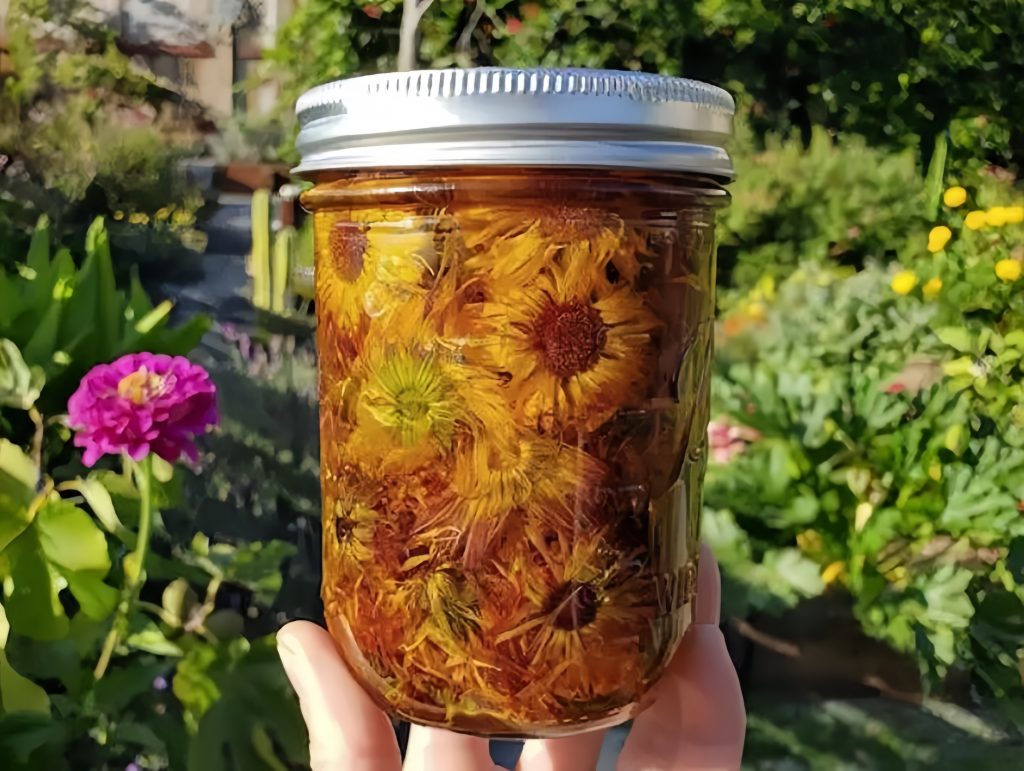
Pros and Cons of the Medicinal Garden Kit: An In-Depth Evaluation
Pros:
- Complete Starter Kit: The kit includes everything needed to start, from seeds to soil, making it easy for beginners.
- Educational Guidebook: The guidebook provides helpful tips and information about herbal medicine and gardening techniques.
- Variety of Herbs: A wide selection of herbs is provided, each chosen for its ability to promote overall health and wellness.
- Suitable for All Levels: The kit is designed for both beginners and experienced gardeners, ensuring a rewarding experience for everyone.
- Promotes Self-Sufficiency: Growing your own herbs encourages a sustainable lifestyle and independence.
- Supports Local Biodiversity: By growing herbs at home, you contribute to local agricultural conservation and biodiversity.
Cons:
- Limited Availability: The availability of certain herbs may vary based on location and seasonal factors.
- Time and Effort Required: Growing and maintaining an herb garden requires time, effort, and patience, which may be challenging for some.
- Space Constraints: Limited space can be a barrier for urban dwellers, although container gardening is an option.
How to Start Your Medicinal Herb Garden: Step-by-Step Guide
1. Prepare Your Growing Space
Determine whether you will grow your herbs in pots, raised garden beds, or directly in the ground. Choose a location that receives adequate sunlight, as most medicinal herbs thrive in bright, sunny conditions.
2. Planting the Seeds or Seedlings
Follow the instructions in the Medicinal Garden Kit guidebook for each specific herb. Some herbs may require direct sowing, while others might benefit from being started indoors before being transplanted outdoors.
3. Provide Proper Care and Maintenance
Regular watering, weeding, and pruning are essential for maintaining a healthy herb garden. Be mindful of each herb’s specific needs, as some require more water than others, and ensure they receive the right amount of sunlight.
4. Harvesting Your Herbs
Timing is crucial when harvesting medicinal herbs. For example, flowers like chamomile and calendula should be harvested when fully open, while leaves like peppermint are best collected before the plant flowers. Follow the guidebook to ensure optimal harvesting times for each herb.
5. Using Your Harvest
After harvesting, herbs can be used fresh or dried for later use. The guidebook includes instructions on how to make herbal teas, tinctures, salves, and essential oils to fully benefit from your harvest.
Conclusion: Embrace the Power of Nature with the Medicinal Garden Kit
The Medicinal Garden Kit provides a unique and powerful opportunity to reconnect with nature, nurture your health, and enhance your self-sufficiency. By growing your own medicinal herbs, you gain access to a natural pharmacy right in your own backyard or home, offering remedies for a wide range of ailments.
The comprehensive resources, educational support, and therapeutic benefits of this kit make it a valuable investment for your health and well-being. It’s more than just gardening—it’s about embarking on a journey towards self-discovery, natural living, and improved quality of life.
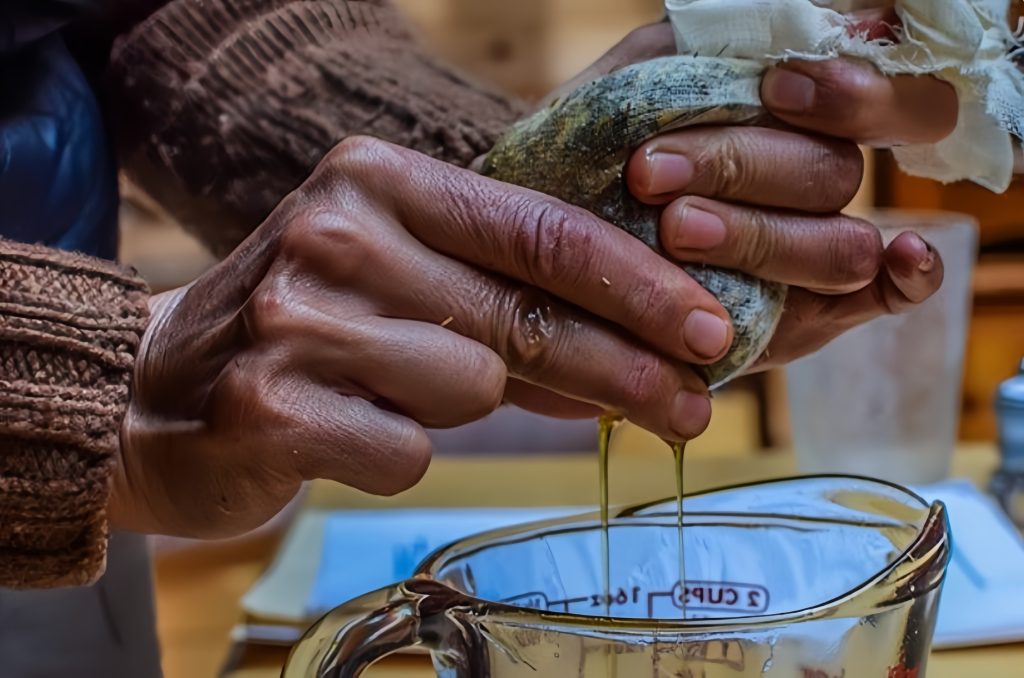
By embracing the Medicinal Garden Kit, you not only cultivate a beautiful and beneficial garden but also take a proactive approach to your health and wellness, making it an essential addition to your home.


